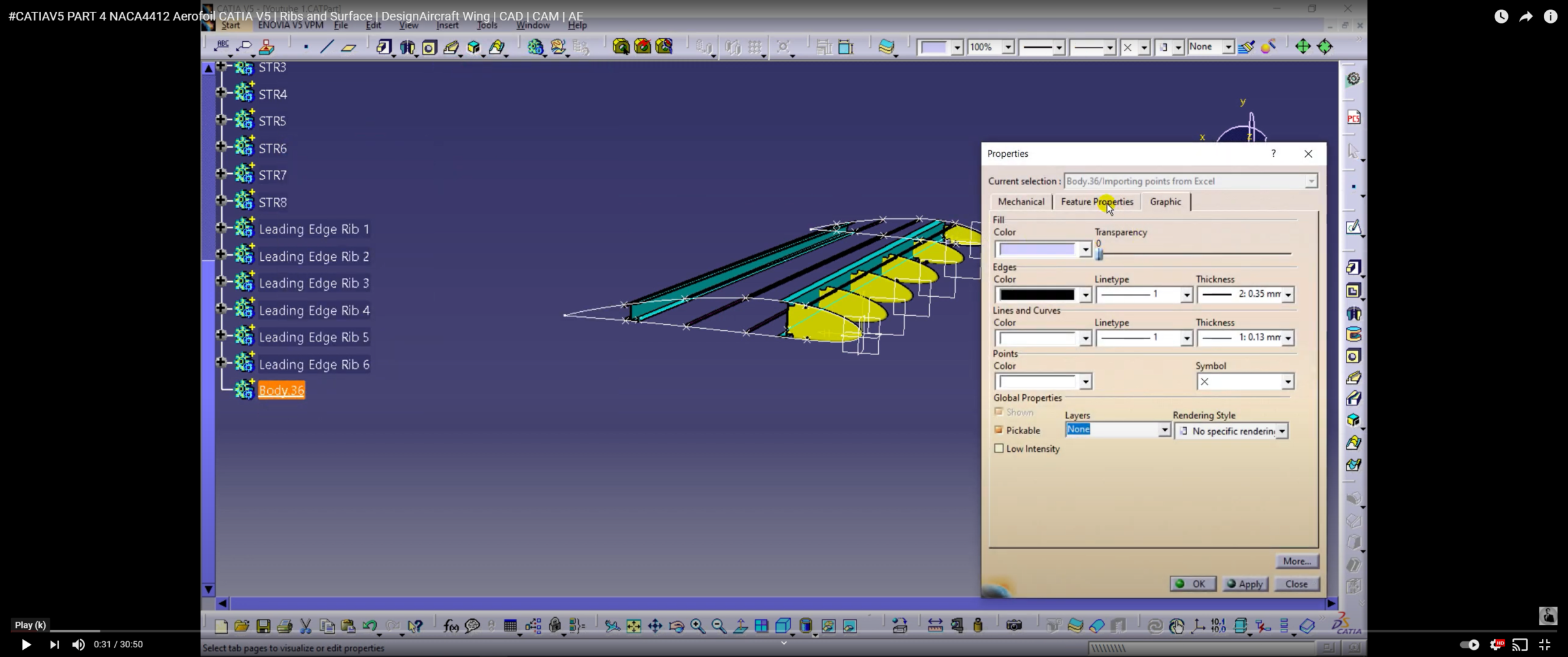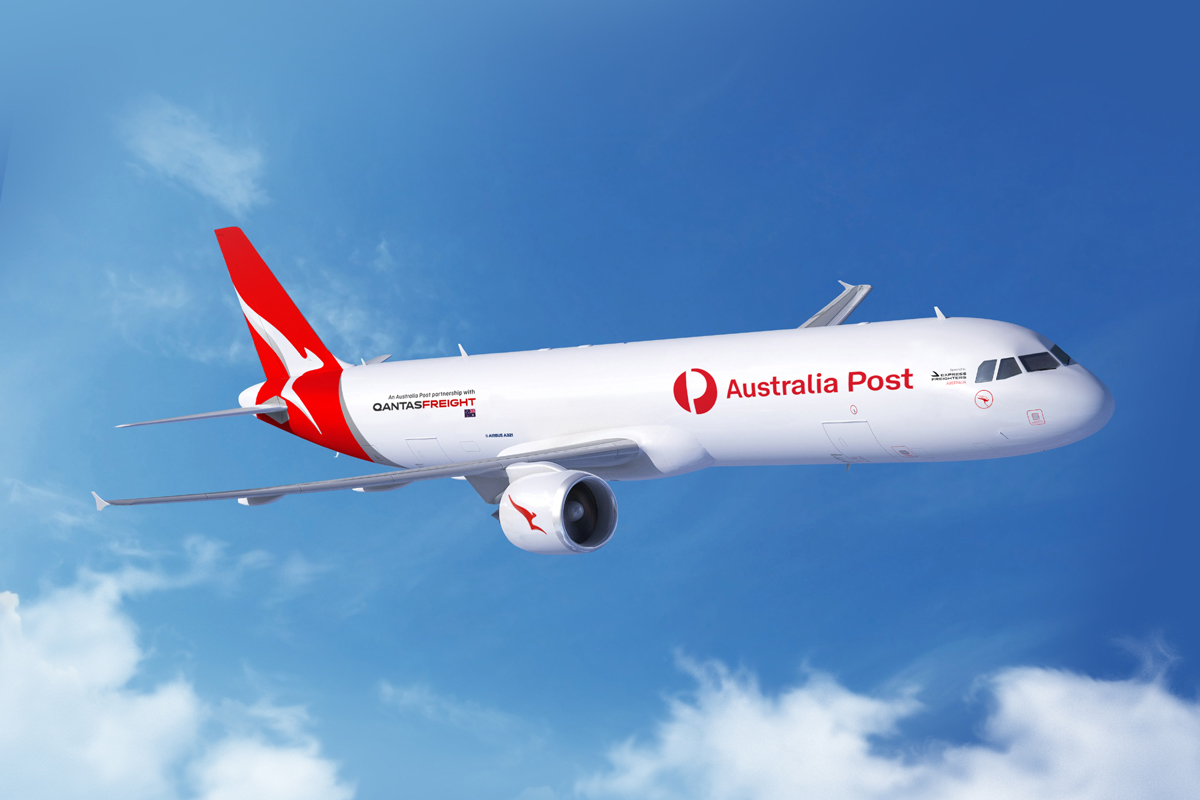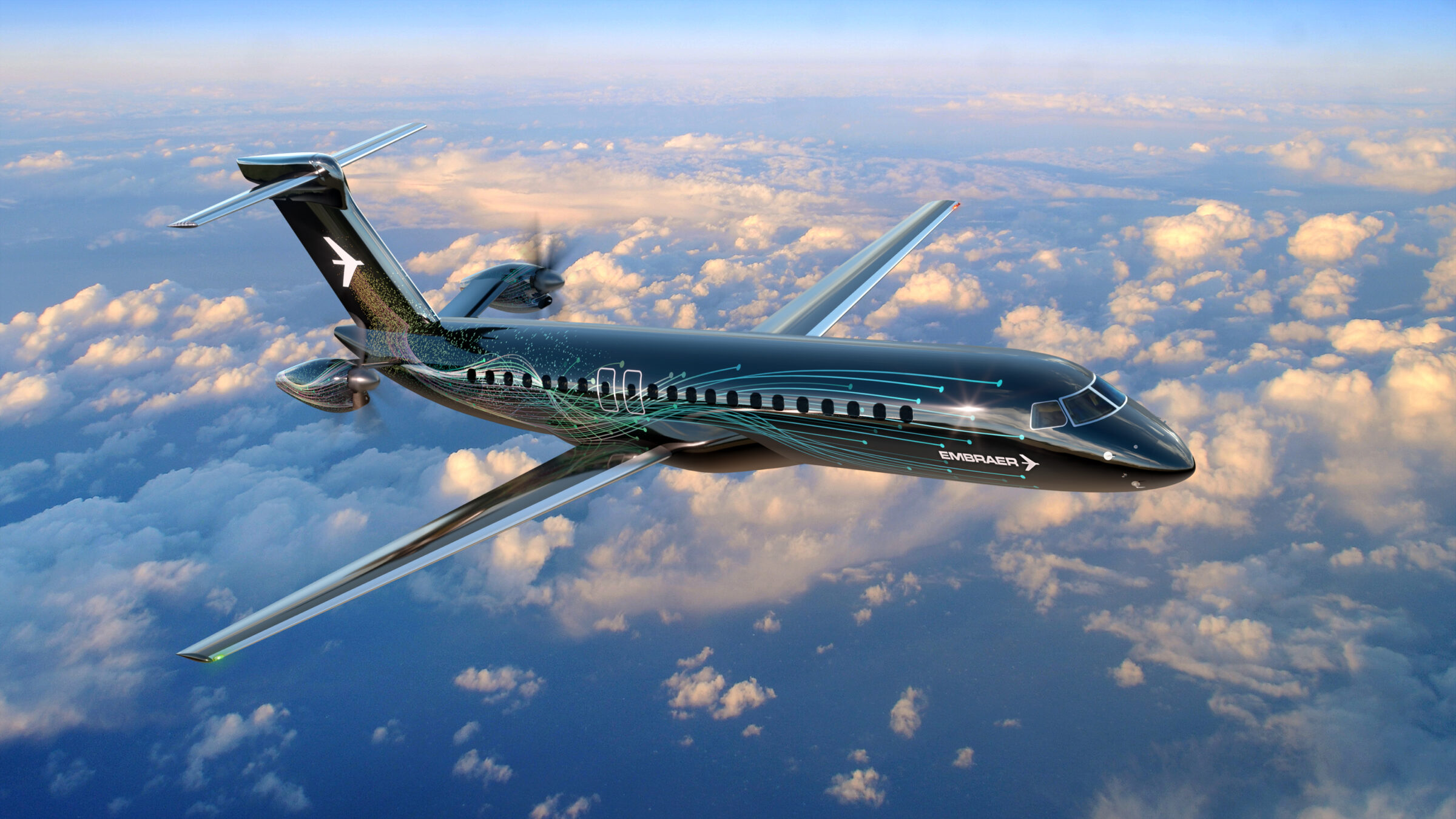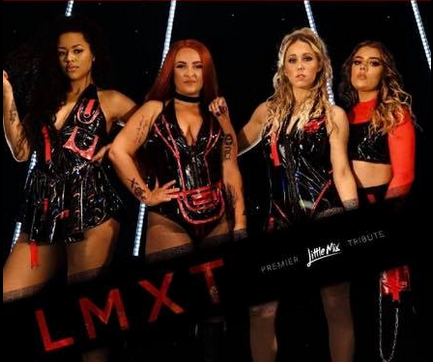Leeham News and Analysis
There's more to real news than a news release.
Aircraft replacement conundra
Subscription Required
By Vincent Valery
Introduction
Aug. 23, 2021, © Leeham News: Boeing has been studying the launch of a clean-sheet aircraft design for more than a decade. In light of the lingering effects of the COVID-19 pandemic, it is unlikely the American OEM will launch such a program until a recovery is well underway.
At this point, no one, including LNA, knows for sure what the New Boeing Aircraft (NBA) will be and, most importantly, when it will likely enter service. Among the possible scenarios, Boeing could decide to wait until more innovative propulsive technology, such as an open rotor, is mature enough.
Should Boeing decide to take the latter path, the NBA would realistically enter into service in the middle of the next decade. Under such a scenario, airlines operating older-generation aircraft need to find replacements among the current type of in-service aircraft.
Most older-generation in-service aircraft seating 100 or more passengers have an immediate replacement in size, which usually comes with more payload-range capacity. However, some don’t, which creates a headache for fleet planners.
LNA will highlight in this article the current in-service aircraft that don’t have an immediate replacement and assess the options to replace those.
Summary
- Lack of close replacements in two market segments;
- One market isn’t a problem for passenger airlines
- But another can be;
- One variant concentrates most aircraft without replacements;
- A carrier to watch.
Pontifications: Does Embraer’s turboprop design foretell what Boeing needs?
Aug. 23, 2021, © Leeham News: Could Embraer’s new turboprop design have formed the basis for the 100-150 seat Boeing single-aisle aircraft had the joint venture proceeded?
A former Boeing engineer thinks it might have.
The aft-mounted, open rotor engines and the ability to switch later to hydrogen fuel represent the kind of advances Boeing could use to restore its leadership role in commercial aviation.
Under the proposed JV, which Boeing ash-canned in April 2020, Embraer would have been responsible for development of the 100-150 seat aircraft Boeing needs to replace the 737-7 and 737-8.
HOTR: When “Buy American” isn’t
By the Leeham News Team
Aug. 20, 2021, © Leeham News: President Biden’s “Buy American” policy means increasing the US content in things purchased by the federal government. Except when it doesn’t.
 Biden announced the policy in July. LNA raised the prospect that the increasing US content requirements could make it difficult for Lockheed Martin and Airbus to offer an A330-200-based airplane for the US Air Force’s KC-Y Bridge Tanker.
Biden announced the policy in July. LNA raised the prospect that the increasing US content requirements could make it difficult for Lockheed Martin and Airbus to offer an A330-200-based airplane for the US Air Force’s KC-Y Bridge Tanker.
LNA now has clarity on this. Under Biden’s Buy American policy, there are—as it turns out—some key exemptions.
Bjorn’s Corner: The challenges of airliner development. Part 17. Detailed design
August 20, 2021, ©. Leeham News: Last week, we went through our second Design Refinement and how our Processes and Tools must be mature because the next step in the Post Launch phase is Detailed Design.
If the previous phases were about research and inspirational design work, where we measured, collated, and documented the overall design data for the aircraft, Detail Design is about a massive amount of work packages and execution.
The P2F freighters, 757-200P2F versus A321P2F.
Subscription Required
By Bjorn Fehrm
Introduction
August 19, 2021, © Leeham News: In our series about freighters, we now look at domestic freighters based on the Boeing 757-200 and the Airbus A321. The 757-200 is a popular Passenger to Freighter (P2F) conversion, but as production of the 757 stopped in 2004, there is a limit to the conversion feed-stock for the model.
At the same time, older A321s are reaching market values where their cost enables competitive P2F conversions.
We use our performance model to check if the A321P2F is a good alternative to the 757-200P2F.
Summary
- The feed-stock for the Boeing 757-200 Passenger to Freighter conversions will diminish at some point in the future.
- The alternative in the same freight volume class is a converted A321. We check how well it fits the bill as an alternative to the 757-200.
An Update on Airbus, Boeing Orders at Risk
Subscription Required
By Vincent Valery
Introduction
Aug. 16, 2021, © Leeham News: As a result of the COVID-19 pandemic and delays in the re-certification of the 737 MAX, Boeing lost a large number of 737 MAX orders in 2020. The majority of the cancellations were flagged as ASC 606 adjustments on Boeing Commercial Airplane’s website.
Since the Federal Aviaton Administraton lifted the 737 MAX grounding in November, the program has accumulated new orders from longtime Boeing customers, notably Alaska Airlines, Ryanair, Southwest Airlines, and United Airlines.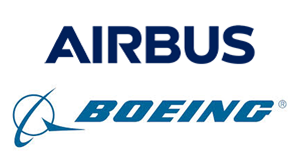
Unlike Boeing, Airbus isn’t subject to an accounting rule similar to the ASC 606 adjustments. Therefore, the European OEM does not break down the orders at risk of cancellation by the program. Airbus only discloses the nominal value of its total adjusted order book in its annual report.
LNA analyzed in July and November last year Airbus’ and Boeing’s order books to identify orders at risk and come up with an apples-to-apples comparison. We perform an update of this analysis with the latest order books from both OEMs.
Summary
- Difference between LNA and Boeing methodology
- Adjustments exacerbate traditional OEM strengths and weaknesses;
- An upcoming order book clean-up for older programs;
- Two programs with material adjustments;
- Some twin-aisle variants are less popular than others.
Pontifications: A330ceo P2F picks up steam
Aug. 16, 2021, © Leeham News: Freighter conversions for the Airbus A330ceo are picking up steam as the inventory jumps following the COVID-19 pandemic.
There are 20 A330s that have been converted: 13 -300s and seven -200s. Package carrier DHL converted eight -300s, the most of any operator. It has contracts to convert 20 more, reports Cargo Facts.
The combined 40 P2Fs exceeds the number of A330-200Fs that was built fresh off the factory line—38.
Most observers consider the new A330-200F program a failure, although this may be a narrow view. While commercial sales were disappointing, the -200F was a companion program to the A330 Multi-Role Tanker Transport. There are so far 61 orders for the MRTT; as of last month, 48 were delivered. Looking at this as one program off the same platform, this means there were 99 orders to date.
Airbus and Lockheed Martin have joined to bid on the US Air Force contract for between 140-160 refueling tankers in the KC-Y competition that begins shortly. Boeing will offer the KC-46A, based on the 767-200ER platform. Lockheed last week announced it will rebrand the MRTT the LMXT.
Embraer delivers first positive quarterly result since 1Q2018, shows revised E3 turboprop
By Bjorn Fehrm
August 13, 2021, ©. Leeham News: Embraer presented strong 2Q2021 results today. It could deliver a quarterly net profit of $44m (-$119m), the first positive quarter since 1Q2018. Revenue for the quarter was up 110% at $1,131m versus $537m in 2Q2020.
The company delivered 14 airliners and 20 biz jets, up from 4 and 13 a year ago. The company now delivered guidance for 2021, with deliveries at 45-50 regional jets and 90-95 biz jets. Revenue lands at $4.0bn-$4.5bn with free cash flow at break-even to $150m.
Bjorn’s Corner: The challenges of airliner development. Part 16. Post Launch.
August 13, 2021, ©. Leeham News: Last week, we went through the Certification Application, one of the most important milestones in the Pre-Launch phase.
Now we assume we got a Product Launch approval from our board/Investors. We start looking at the work packages that meet us in the Post Launch phase.
HOTR: Lockheed Martin’s LMXT rebranding has lots of competition
Aug. 12, 2021, © Leeham News: Lockheed Martin’s rebranding of the Airbus A330 MRTT aerial refueling tanker has some competition that already uses the name: LMXT.
LNA’s background includes branding. Other than the obvious “LM” means Lockheed Martin, we couldn’t see where “XT” comes from.
“XT” is on a lot of cars. The full acronym is on a warehouse management system, solar storage, a solar tube battery and a car charger.
 A government in Maryland uses it as shorthand for Legacy Mixed-Use Transit Oriented Zone. It’s used for something called Lively Middleclass Xenial Tolerant (we can’t figure this one out.)
A government in Maryland uses it as shorthand for Legacy Mixed-Use Transit Oriented Zone. It’s used for something called Lively Middleclass Xenial Tolerant (we can’t figure this one out.)
But our favorite is the acronym stands for Little Mix Tribute Rock Band, a UK group.
LNA can’t wait to see the band’s logo show up as nose art on the airplane formerly known as the A330 MRTT.





